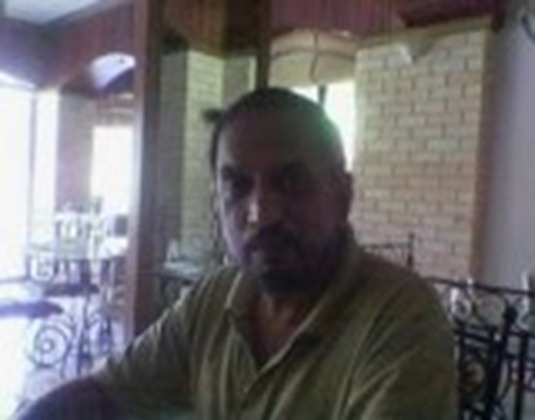Dr. Homi J Bhabha is a respected name in the field of theoretical research in Physics. In 1937 while at work in England he propounded what has come to be known as the Bhabha-Heitler cascade theory. This theory concerned the electron showers in cosmic rays which bombard the earth from all directions. To understand this theory it is important to understand a few simple facts that this theory touches
a) Cosmic Rays. These rays were discovered in 1912 by Victor Hess. This discovery came after he found that as he went up in a balloon with an electroscope, it discharged more rapidly. An electroscope is an instrument to detect the presence of electric charge. He was able to attribute these phenomena to a new source of radiation and subsequently won the Nobel Prize for Physics in 1937.
b) Electron/Proton. The basic constitution of these rays is electrons and Protons. These are sub-atomic particles and form a major component of the said rays.
Bhabha-Heitler Theory
Bhabha working in conjunction with Heitler propounded the cascade theory of showers of these Cosmic rays in 1937. The Bhabha-Heitler theory brought out the fact that these which are composed of electrons, protons and gamma rays strike the earth from all directions. This was a known phenomena, but it was not understood what happened after that. Bhabha-Heitler theory showed that when these components of Cosmic rays enter the earth's atmosphere they collide with the atoms in the atmosphere. These collisions result in forming a new set of particles. Bhabha and Heitler's theory explains the process and effects of these collisions and the result. They showed that these collisions led to a cascade effect and the number of particles increased after collisions.
A schematic diagram as given above explains the break up of the rays as they enter the atmosphere.
The significance of Bhabha and Heitler's work lies in the fact that it is a straight forward verification of Albert Einstein theory of relativity. The duo by mathematical formulae was able to arrive at numerical estimates of the number of electrons in the cascade process as they entered the atmosphere and collided with the electrons. They were able to calculate the energies of the electrons at different altitudes. Their calculations corroborated the experimental observations of showers made by Bruno Rossi and Pierre Victor Auger some years earlier. Research into these rays and this theory has direct application for space research.
Dr. Bhabha returned to India in 1939 and helped launch India's nuclear reactor now known as Bhabha Atomic Research Center. He died in an air crash in 1966.
Article Source: http://EzineArticles.com/6874122

ไม่มีความคิดเห็น:
แสดงความคิดเห็น